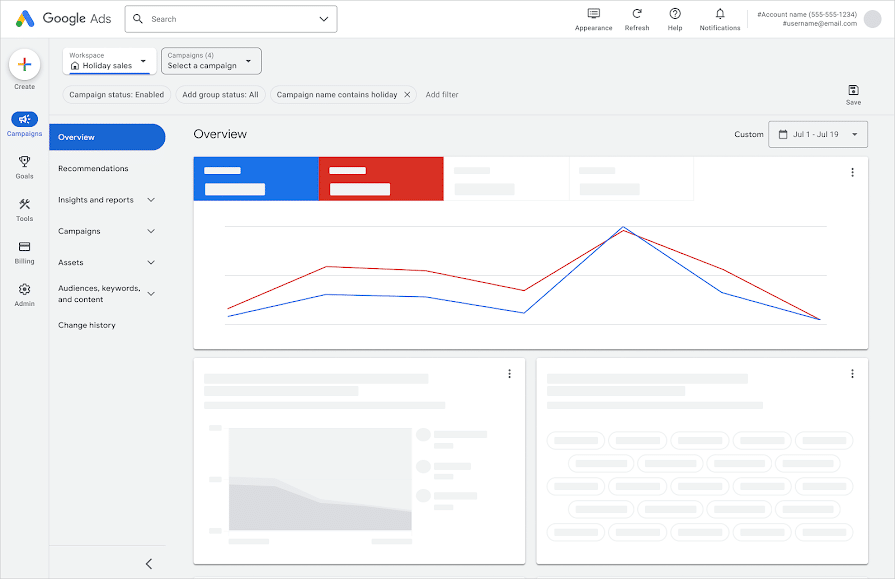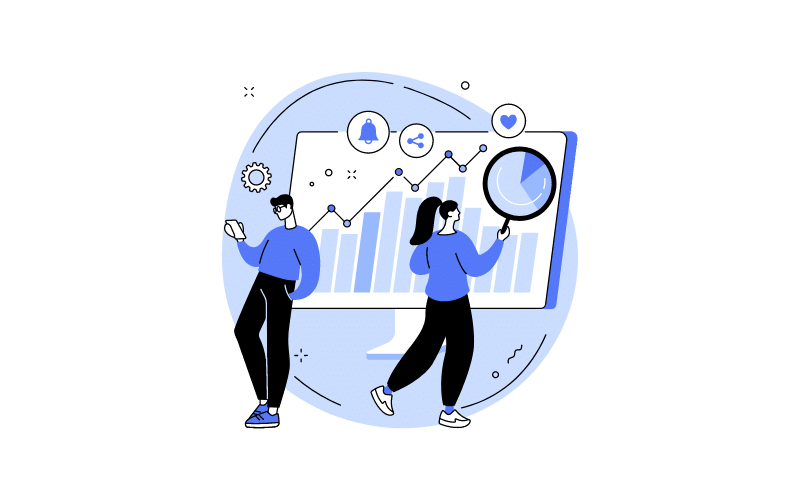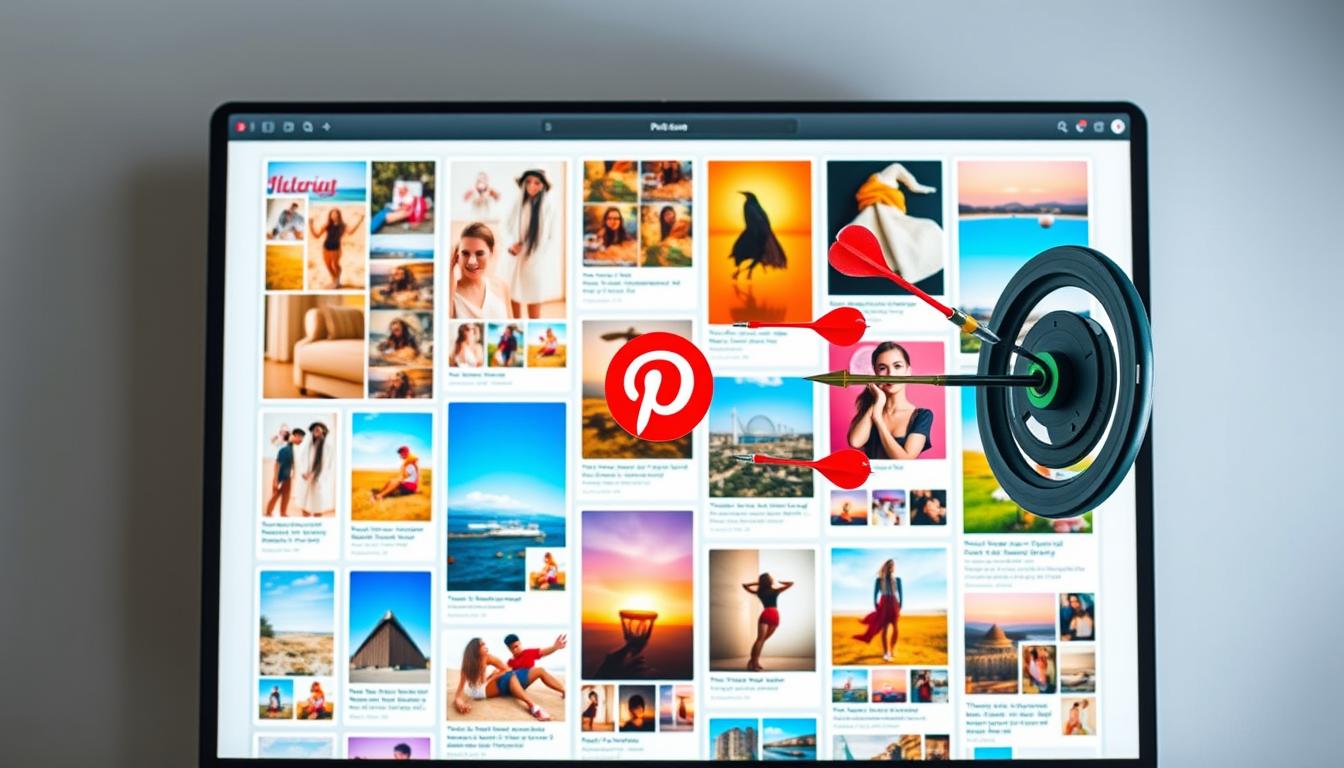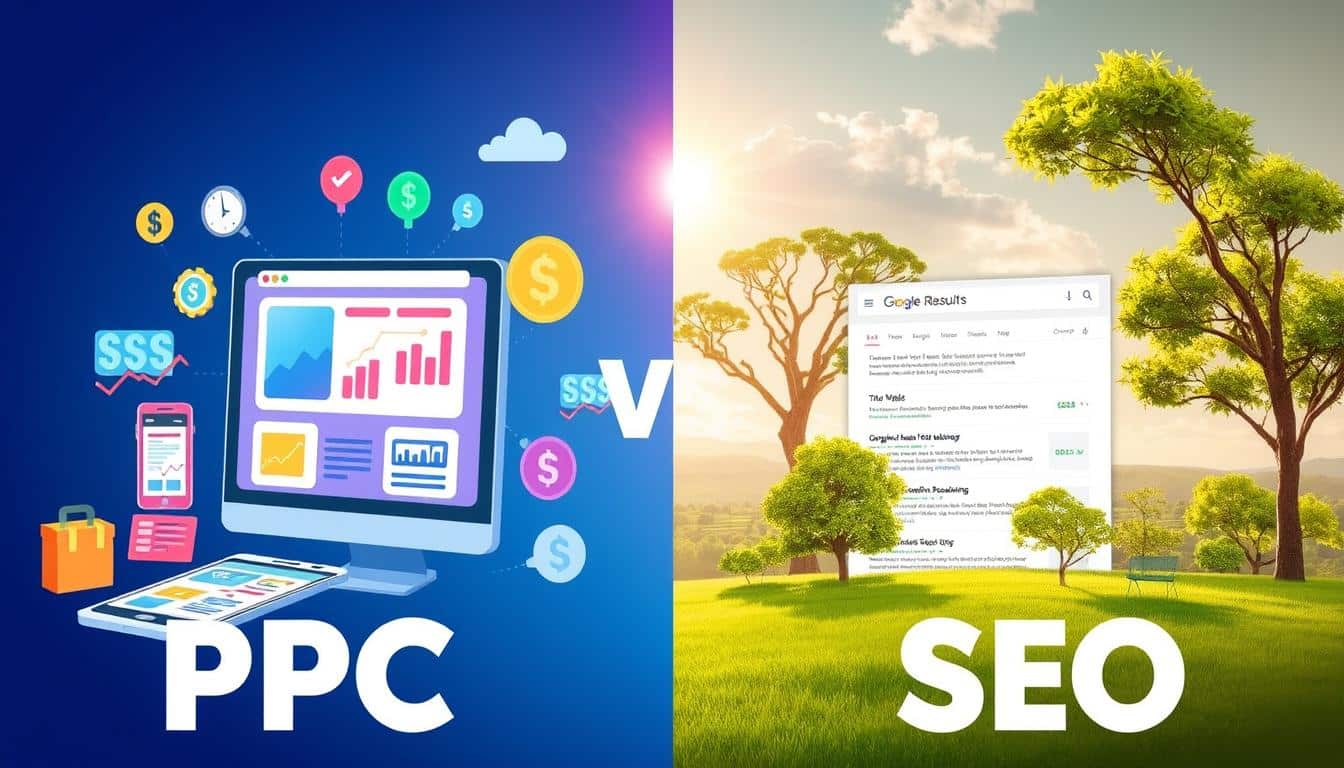Dans le paysage concurrentiel d'aujourd'hui, maîtriser les campagnes de publicité numérique est crucial pour les entreprises souhaitant se démarquer. Google, Facebook et LinkedIn sont considérés comme des piliers de la publicité en ligne, offrant des plateformes puissantes pour atteindre divers objectifs marketing. Cet article explore les avantages, les défis et les stratégies clés pour maximiser la visibilité, le ciblage précis et le retour sur investissement (ROI) sur ces plateformes.
1. Google Ads : Le champion de la SEA
Pour maximiser la visibilité et le retour sur investissement (ROI) avec Google Ads, il est essentiel de comprendre les avantages et les défis de cette plateforme. Voici un aperçu des points clés pour tirer le meilleur parti de Google Ads dans vos stratégies publicitaires.

1.1. Annonces Google : Avantages
1.1 Visibilité immédiate sur Google : Activer vos annonces sur Google Ads garantit à votre entreprise une présence importante dans les résultats de recherche, offrant une visibilité instantanée et précieuse sur le marché. Cette approche est particulièrement avantageuse pour tester de nouvelles offres ou en attendant que les efforts de référencement naturel (SEO) donnent des résultats. Les campagnes Google Ads peuvent être mises en place rapidement, permettant la flexibilité de tester différentes stratégies de ciblage, messages publicitaires et offres promotionnelles en temps réel. Cela permet non seulement de recueillir des données précieuses sur la réactivité du marché, mais aussi d'ajuster les stratégies marketing pour maximiser l'impact tout en optimisant le budget publicitaire.
2. Precise keyword targeting: By selecting specific keywords for your campaigns, you ensure that your ad messages reach users actively interested in your products or services, thus improving ad effectiveness. Google Ads offers four keyword match types to further refine targeting: exact match, phrase match, broad match, and broad match modifier. Exact match targets searches that precisely match the keyword or very close variants. Phrase match allows your ad to appear on searches that include your phrase in the exact order, with the possibility of additional words before or after. Broad match captures a wider range of searches related to your keyword, including synonyms, spelling variations, or other variants. Finally, broad match modifier strikes a balance between reach and precision, requiring certain words from your keyword to be present in the user’s search query.
3. Pay-per-click (PPC) payment model: This payment model allows you to control advertising costs by only paying when prospects click on your ads, optimizing your marketing budget.
4. High ROI potential: A well-optimized campaign on Google can generate significant ROI, making your advertising expenses particularly cost-effective.
5. Access to a broad audience: Google Ads’ extensive reach enables you to reach potential customers across the entire Google search network, expanding your target market.
6. Diverse ad formats: With a range of formats, including text, graphic, video, and now Performance Max (Pmax) campaigns, Google Ads adapts to various campaign objectives and target preferences, enriching your advertising strategies with flexibility and efficiency. Performance Max campaigns utilize Google’s AI to optimize ad delivery across all available channels, maximizing reach and the impact of your advertising efforts.
7. Advertising retargeting: Retargeting on Google Ads, especially within Google Display campaigns, is an essential strategy that allows businesses to reconnect with users who have previously visited their website or used their mobile application. By using Google Display campaigns for retargeting, targeted ads are shown to these users as they browse Google’s vast network of partner sites or perform specific searches related to your industry. The advantage of this method lies in its ability to keep your brand present in the minds of consumers, increasing the likelihood of conversion by prompting them to reconsider products or services they haven’t purchased yet. Retargeting campaigns, by targeting users based on their past behavior, offer highly personalized ads that can significantly improve advertising ROI. By bridging the gap between initial user interest and concrete purchase action, retargeting via Google Display campaigns plays a key role in increasing brand awareness and optimizing overall digital marketing strategies.
1.2. Google Ads: Challenges
- High costs in competitive markets: Bidding for highly competitive keywords, such as “car insurance” in the insurance industry, can result in significant cost per click (CPC), often exceeding $50 in highly competitive markets like the United States. This situation increases the budget required to execute competitive campaigns. The intense competition and high value of conversions in this market demand well-thought-out and optimized advertising strategies to ensure satisfactory ROI despite these high costs.
2. Need for ongoing management and optimization: The success of a Google Ads campaign requires constant attention, with regular adjustments based on performance analysis to maintain and improve ad effectiveness.
2. Facebook Ads: Engagement and Community
Facebook Ads is a key platform for advertising campaigns aiming to enhance engagement and build a community around their products or services. With its vast user base and advanced targeting tools, Facebook offers a privileged avenue for digital marketing strategies, allowing the delivery of interactive and personalized ad messages to a targeted audience.

2.1. Facebook Ads: Advantages
1. Detailed targeting: The platform allows precise targeting of marketing campaigns, utilizing demographic data, interests, and behaviors to connect brands with specific segments of their target market. In addition to these advanced targeting options, advertisers can also leverage lookalike audiences to effectively expand their reach. Lookalike audiences enable brands to find new users who resemble their existing customers, increasing the chances of attracting relevant prospects.
2. Diverse ad formats: Facebook Ads supports various ad formats, including image ads, video ads, carousel ads, collection ads, and more. This versatility allows advertisers to showcase their products or services in creative and engaging ways, capturing the attention of their target audience.
3. Social engagement and community building: Facebook is a social media platform where users actively engage with content, including ads. Advertisers can leverage this engagement to foster a sense of community around their brand, encouraging users to interact, share, and comment on their ads. This social element can help build brand loyalty and generate word-of-mouth marketing.
4. Remarketing capabilities: Facebook Ads provides remarketing features that allow businesses to target users who have previously interacted with their website or Facebook page. By delivering targeted ads to these users, businesses can remind them of their products or services and encourage them to take further action.
2.2. Google Ads: Challenges
- Ad saturation and competition: With a large number of advertisers on the platform, Facebook Ads can become saturated, leading to increased competition and potentially higher advertising costs. Advertisers need to develop compelling and unique ad creatives to stand out from the crowd.
2. Ad fatigue: As users scroll through their Facebook feed, they can become accustomed to seeing ads, leading to ad fatigue. To combat this, advertisers need to continually refresh their ad creatives and experiment with new formats to maintain user interest.
3. LinkedIn Ads: B2B Targeting
LinkedIn Ads is a powerful platform for businesses targeting a professional audience. With its focus on professionals and business-related content, LinkedIn allows advertisers to reach decision-makers and professionals in specific industries.

3.1. LinkedIn Ads: Advantages
- Professional targeting: LinkedIn Ads provides advanced targeting options based on job titles, industries, company size, and more. This precise targeting allows advertisers to reach their desired audience, ensuring their ads are seen by professionals who are relevant to their products or services.
2. Thought leadership and brand positioning: LinkedIn is a platform where professionals share industry insights and knowledge. By leveraging LinkedIn Ads, businesses can position themselves as thought leaders in their respective industries, increasing brand credibility and trust.
3. Lead generation opportunities: LinkedIn Ads offers tools for lead generation, such as lead forms and sponsored InMail. These features allow businesses to collect valuable contact information from interested professionals, enabling targeted follow-up and nurturing.
3.2. LinkedIn Ads: Challenges
- Smaller audience size: Compared to platforms like Google and Facebook, LinkedIn has a smaller user base. This can limit the reach of campaigns, particularly for businesses targeting broader consumer audiences.
2. Higher cost per click: LinkedIn Ads tend to have a higher cost per click compared to other platforms. Advertisers should consider this when planning their advertising budget.
To Sum Up
Mastering digital advertising campaigns on platforms like Google Ads, Facebook Ads, and LinkedIn Ads is essential for businesses aiming to maximize their online visibility, target relevant audiences, and achieve a strong ROI. By understanding the advantages, challenges, and strategies specific to each platform, businesses can optimize their advertising efforts and drive successful outcomes in the competitive digital landscape.
Get in touch with ATD Advertising today and discover how we can help you maximize the impact of your online advertising campaigns.









